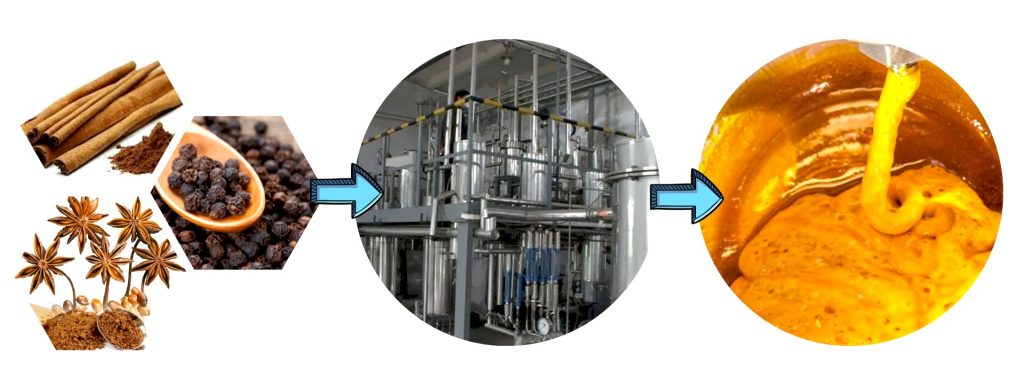
Cinnamon is a popular spice derived from the inner bark of trees belonging to the Cinnamomum genus. Among the various types, Cassia and Ceylon are the two most widely used. Though they may look and taste similar, they differ significantly in origin, flavor, composition, and health impact.
1. Origin and Botanical Source
- Cassia Cinnamon (also known as Chinese cinnamon) primarily comes from Cinnamomum cassia trees, which are native to China, Indonesia, and Vietnam.
- Ceylon Cinnamon, often referred to as “true cinnamon,” is derived from Cinnamomum verum and is mainly grown in Sri Lanka.
2. Appearance
- Cassia sticks are thick, hard, and have a dark brown-red color. They curl inward from both sides, forming a scroll-like shape.
- Ceylon sticks are lighter in color, thinner, and have many soft layers that roll into a cigar-like shape.
3. Flavor and Aroma
- Cassia has a stronger, more pungent flavor with a bit of bitterness and spice.
- Ceylon offers a milder, sweeter, and more delicate taste and aroma, making it ideal for desserts and gourmet cooking.
4. Coumarin Content
- Cassia contains high levels of coumarin, a natural compound that may be harmful to the liver and kidneys in large doses or with prolonged use.
- Ceylon contains very low levels of coumarin, making it the safer choice for regular consumption, especially for people using cinnamon for health benefits.
5. Health Benefits
Both types of cinnamon have antioxidant, anti-inflammatory, and antimicrobial properties. However, due to its low coumarin content, Ceylon cinnamon is often recommended for therapeutic use, such as blood sugar control or long-term supplementation.
6. Price and Availability
- Cassia is cheaper and more widely available, often found in supermarkets.
- Ceylon is more expensive and typically sold in specialty stores or health food markets.